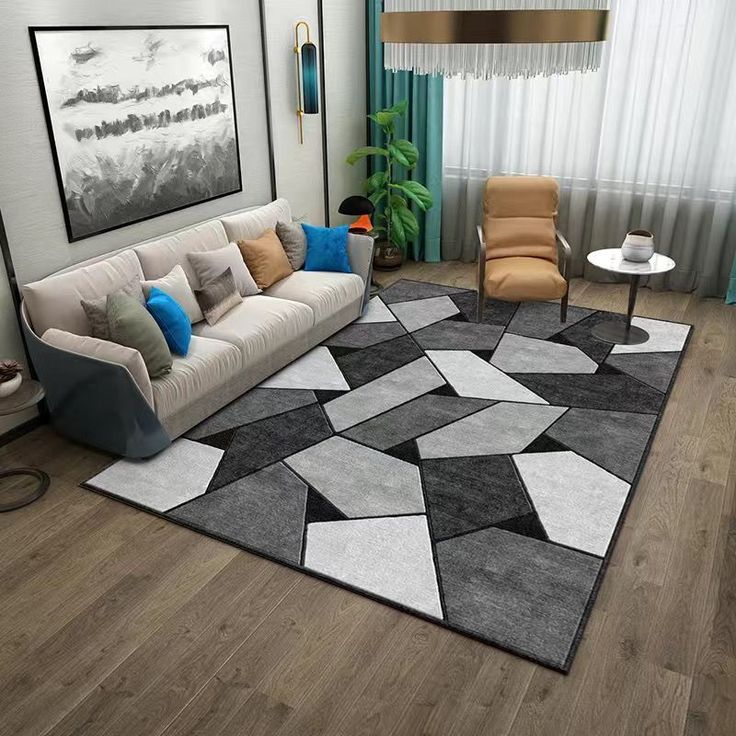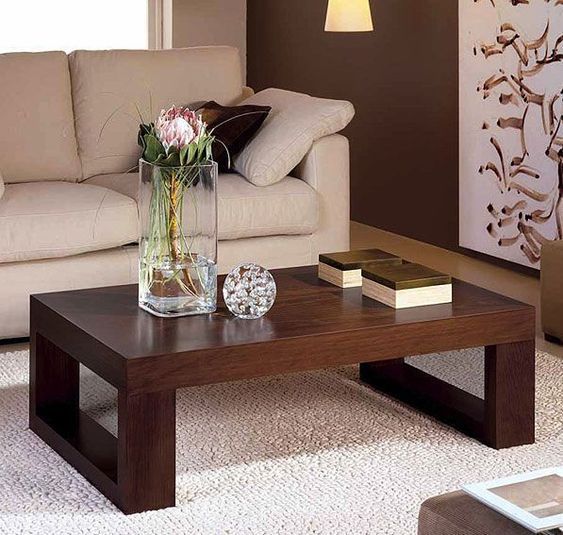Introduction:
Rugs are more than just floor coverings; they are expressions of culture, history, and craftsmanship. From the intricate patterns of Persian rugs to the vibrant colors of Moroccan carpets, each rug tells a story of its own. In this blog, we’ll delve into the fascinating world of rugs, exploring their origins, cultural significance, and enduring appeal.
Origins and Evolution:
The history of rugs can be traced back thousands of years, with evidence of rug weaving found in ancient civilizations such as Egypt, China, and Mesopotamia. However, it was in Central Asia, particularly in regions like Persia (modern-day Iran), where rug weaving reached its zenith.
Early rugs were primarily woven for practical purposes, such as insulation and protection from cold floors. Over time, however, rug weaving evolved into an art form, with weavers incorporating intricate designs, motifs, and symbolism into their creations. Each region developed its own unique style, influenced by local culture, traditions, and available materials.
Cultural Significance:
Rugs hold immense cultural significance in many societies. In the Middle East, for example, rugs are often passed down through generations as family heirlooms, symbolizing wealth, status, and hospitality. In Islamic culture, they play a central role in daily life, used for prayer, adornment, and social gatherings.
In addition to their cultural significance, rugs also serve as repositories of history and tradition. The motifs and patterns found in rugs often reflect the beliefs, values, and customs of the communities that create them. For example, the geometric patterns of Moroccan rugs are said to symbolize the nomadic lifestyle of the Berber tribes, while the floral motifs of Persian rugs represent nature and fertility.
Craftsmanship and Technique:
The art of rug weaving requires a high level of skill, patience, and precision. Traditionally, rugs were woven by hand on looms using natural materials such as wool, silk, and cotton. Each rug is made up of thousands of knots, carefully tied by skilled artisans to create intricate patterns and designs.
While traditional methods of rug weaving are still practiced in many parts of the world, modern technology has also had an impact on the industry. Machine-made rugs, produced using automated looms, offer a more affordable alternative to hand-woven rugs but lack the same level of craftsmanship and authenticity.
Enduring Appeal:
Despite the availability of mass-produced alternatives, hand-woven rugs continue to captivate people around the world with their beauty, quality, and craftsmanship. Their timeless appeal lies in their ability to transcend trends and fads, adding warmth, texture, and character to any space.
Moreover, the demand for handmade rugs has led to a resurgence of interest in traditional weaving techniques and sustainable practices. Many consumers are now seeking out rugs that are ethically sourced, environmentally friendly, and support artisan communities.
Conclusion:
In conclusion, rugs are much more than just pieces of fabric; they are symbols of culture, history, and craftsmanship. Whether hand-woven by skilled artisans or mass-produced by machines, rugs continue to hold a special place in our homes and hearts, enriching our lives with their beauty and heritage. So the next time you admire a rug, take a moment to appreciate the centuries of tradition and craftsmanship that went into its creation.



